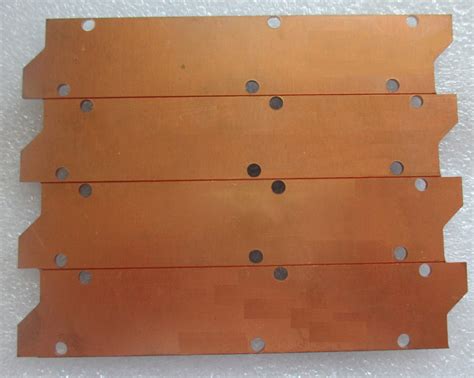
Blog
-
 Read more: The Role of MCPCB (Metal Core PCB) In The Led Industry
Read more: The Role of MCPCB (Metal Core PCB) In The Led IndustryIntroduction to MCPCB and its significance in the LED industry Metal Core Printed Circuit Boards (MCPCBs) have revolutionized the LED industry by providing an efficient and reliable solution for heat dissipation in high-power LED applications. As LED technology continues to advance, the demand for effective thermal management solutions has become […]
-
The Ultimate Guide about LED PCB
Posted by
–
 Read more: The Ultimate Guide about LED PCB
Read more: The Ultimate Guide about LED PCBIntroduction to LED PCB Light-emitting diode (LED) printed circuit boards (PCBs) have revolutionized the lighting industry, offering energy-efficient, long-lasting, and versatile solutions for a wide range of applications. LED PCBs are specially designed to support and power LED components, ensuring optimal performance and reliability. In this comprehensive guide, we will […]
-
What Should You Know about Metal Core PCB
Posted by
–
 Read more: What Should You Know about Metal Core PCB
Read more: What Should You Know about Metal Core PCBIntroduction to Metal Core PCB A Metal Core PCB (MCPCB) is a type of printed circuit board that uses a metal substrate as its base material instead of the traditional FR-4 laminate. The metal substrate, typically aluminum, provides excellent thermal conductivity, allowing for better heat dissipation compared to standard PCBs. […]
-
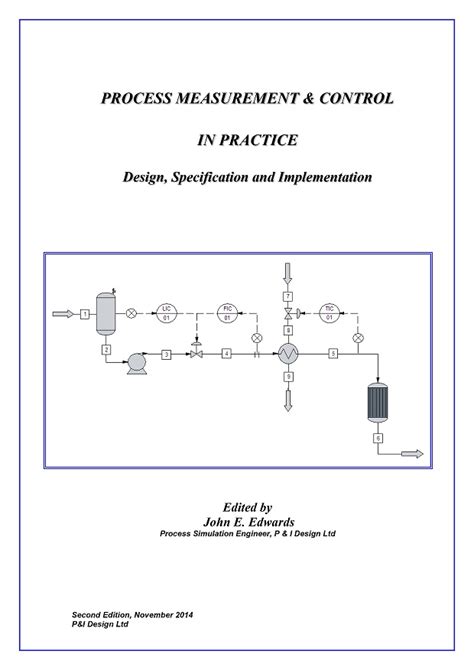 Read more: Why is Process Control Measurement essential to stop defects in SMT PCB Assembly?
Read more: Why is Process Control Measurement essential to stop defects in SMT PCB Assembly?What is Process Control Measurement? Process Control Measurement is the practice of monitoring, analyzing, and controlling various parameters throughout the SMT PCB assembly process to ensure that the final product meets the required quality standards. This involves the use of specialized equipment, software, and techniques to collect data, identify potential […]
-
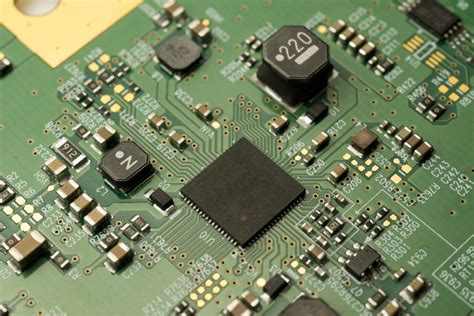 Read more: Why is PCB component orientation important in circuit board manufacturing?
Read more: Why is PCB component orientation important in circuit board manufacturing?Introduction Printed Circuit Boards (PCBs) are the backbone of modern electronic devices. They are used in a wide range of applications, from simple consumer electronics to complex aerospace and military systems. The orientation of components on a PCB is a critical factor in ensuring the proper functioning and reliability of […]
-
Get PCB Design Quotes
Posted by
–
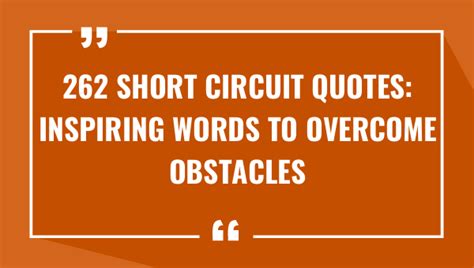 Read more: Get PCB Design Quotes
Read more: Get PCB Design QuotesIntroduction to PCB Design Quotes When it comes to creating electronic devices, Printed Circuit Boards (PCBs) play a crucial role in connecting and supporting various components. To ensure the success of your project, it’s essential to obtain accurate and competitive PCB design quotes from reliable manufacturers. In this comprehensive guide, […]
-
Get Flexible PCB Quotes
Posted by
–
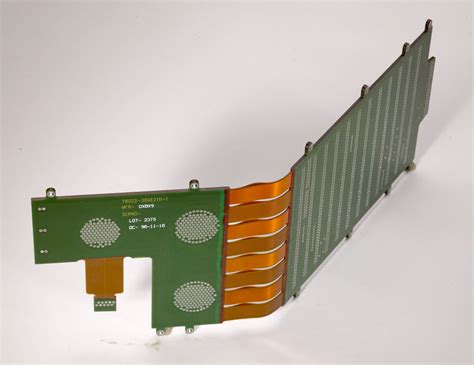 Read more: Get Flexible PCB Quotes
Read more: Get Flexible PCB QuotesIntroduction to Flexible PCBs and Their Advantages Flexible printed circuit boards (PCBs) have revolutionized the electronics industry by providing a versatile and reliable solution for connecting electronic components in a variety of applications. Unlike traditional rigid PCBs, flexible PCBs are made from thin, flexible materials that allow them to bend […]
-
 Read more: Why PCB Post Cleaning After the Rework Process is important?
Read more: Why PCB Post Cleaning After the Rework Process is important?Introduction Printed Circuit Boards (PCBs) are the backbone of modern electronics. They are used in almost every electronic device, from smartphones and computers to medical equipment and aerospace systems. The PCB manufacturing process involves several steps, including design, fabrication, assembly, and testing. However, even after the manufacturing process is complete, […]
-
 Read more: How To Get Satisfied PCB Silkscreen – A Step-by-Step Guide
Read more: How To Get Satisfied PCB Silkscreen – A Step-by-Step GuideWhat is PCB Silkscreen? PCB silkscreen, also known as legend or nomenclature, is the layer of text and symbols printed on the surface of a printed circuit board (PCB). It provides essential information about the components, their locations, and the overall functionality of the board. The silkscreen layer helps in […]
-
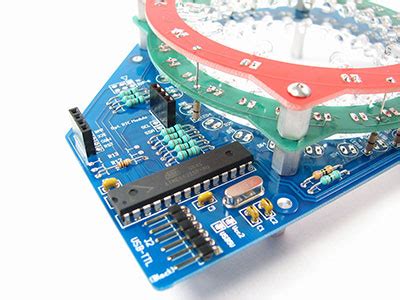 Read more: PCB Artwork- Design Guidelines Every PCB Manufacturer Need To Now
Read more: PCB Artwork- Design Guidelines Every PCB Manufacturer Need To NowIntroduction to PCB Artwork Guidelines Printed Circuit Board (PCB) artwork is the graphical representation of the circuit board design that contains all the necessary information required for PCB fabrication. It is the blueprint that guides the PCB manufacturer in producing the physical board. Therefore, it is crucial for PCB designers […]




